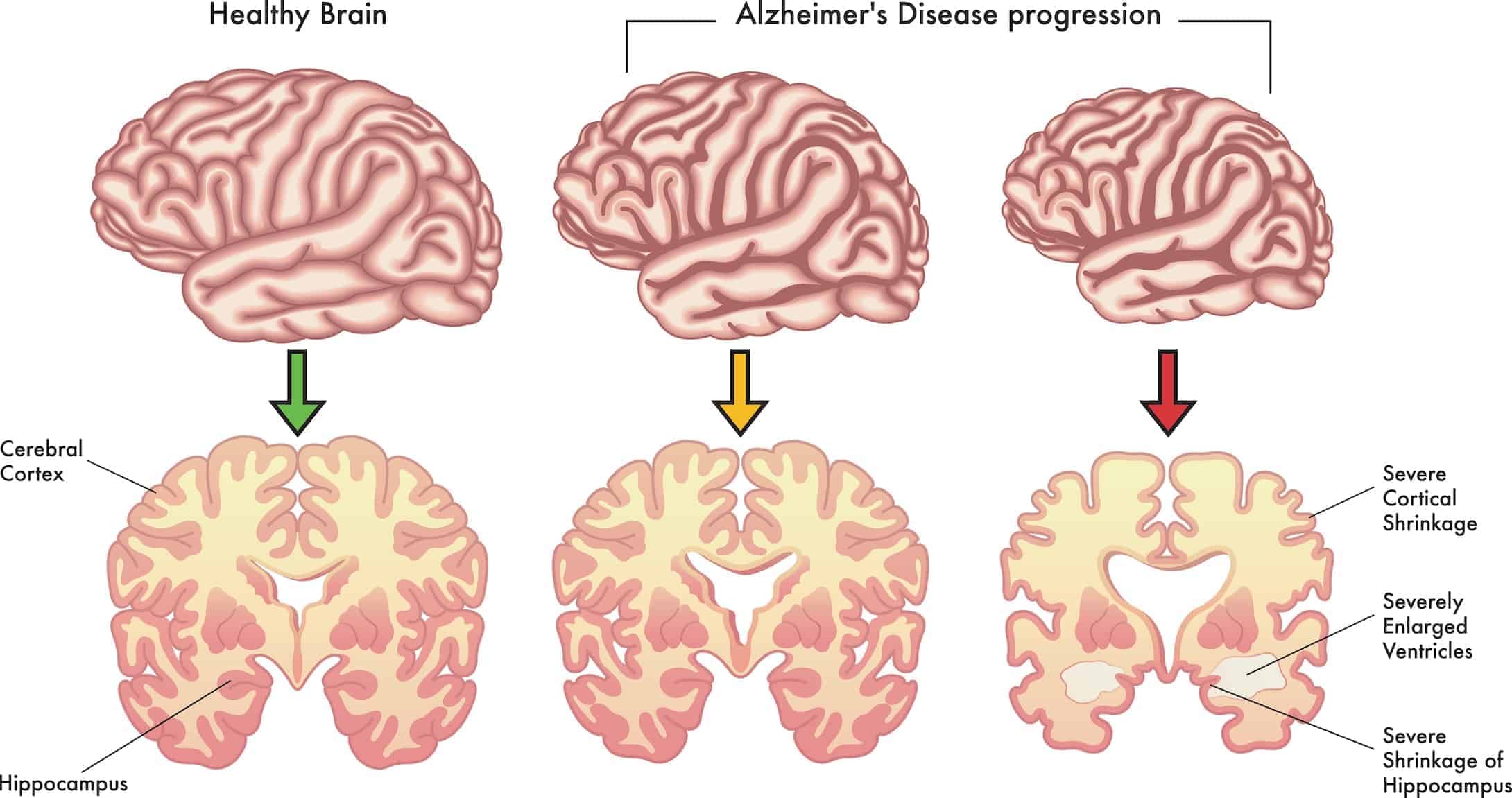Understanding the Stages and Progression of Alzheimer’s Disease
Alzheimer’s Disease is a progressive neurological disorder that affects millions of people worldwide. It is a devastating condition that can dramatically reduce one’s quality of life and lead to a complete loss of independence. Understanding Alzheimers stages and progression is key to helping those affected manage their illness and improve their quality of life. Keep reading to learn more about the stages and progression of this disease.
Early-Stage Alzheimer’s Disease
Early-stage Alzheimer’s is the period of time when the symptoms of the disease begin to become noticeable, and it can be a difficult time for both the person with the disease and their caregivers. One of the earliest signs of early-stage Alzheimer’s is memory loss. This may include forgetting recently learned information, problems with planning or organizing, or difficulty completing familiar tasks. People with early-stage Alzheimer’s may also experience changes in mood or behavior, including depression, anxiety, irritability, or suspiciousness. They may have difficulty with language, such as difficulty finding the right words or trouble understanding what other people are saying. As the disease progresses, people with early-stage Alzheimer’s may begin to experience confusion, disorientation, and difficulty recognizing familiar people and places. They may struggle with abstract concepts, such as time, money, and numbers. They may have difficulty making decisions and solving problems, and they may become increasingly forgetful and have difficulty remembering recent events.
Mid-Stage Alzheimer’s Disease
Understanding mid-stage Alzheimer’s is important for anyone caring for someone with the condition, as it can help them understand what to expect and how to best provide support. At the mid-stage of Alzheimer’s, people may start to struggle with more complex tasks, such as managing their finances, making decisions, and handling daily activities. They may also have difficulty with problem-solving, planning, organizing, and remembering details. As the disease progresses, people may start to become confused, disoriented, and forgetful. They may also begin to experience changes in their behavior, such as increased anxiety, agitation, and paranoia. At this stage, people may also start to experience language difficulties, such as difficulty speaking, understanding words, or finding the right words to express themselves. A decline in visual-spatial skills is also common, which can cause difficulty with driving or navigating unfamiliar places.
Late-Stage Alzheimer’s Disease
Late-stage Alzheimer’s disease is the most severe form of dementia and is characterized by progressive cognitive and functional declines. It is the final stage of Alzheimer’s disease, a progressive neurodegenerative disorder caused by the buildup of abnormal proteins in the brain. In this stage, individuals experience severe memory loss and a decline in their ability to carry out daily activities. As the disease progresses, patients become increasingly dependent on caregivers for their basic needs. The symptoms of late-stage Alzheimer’s disease vary from person to person, but they typically include severe memory loss, confusion, disorientation, difficulty speaking and understanding language, difficulty with coordination and movement, difficulty with eating and swallowing, incontinence, and increased sleeping. People with late-stage Alzheimer’s may also experience delusions, hallucinations, aggressive behavior, and paranoia. It is also important to understand the impact of late-stage Alzheimer’s on the patient and their caregivers. Caregivers often experience physical and emotional stress as they provide care for their loved ones. It is important to provide emotional support and access to resources to help the caregiver cope with their role.
Overall, understanding the stages and progression of Alzheimer’s Disease is critical for providing the most effective care for those affected and for helping to ensure that their needs are met. By recognizing the signs and symptoms of each stage, caregivers can establish an effective plan of care, monitor progress, and provide the best quality of life for those living with the illness.
